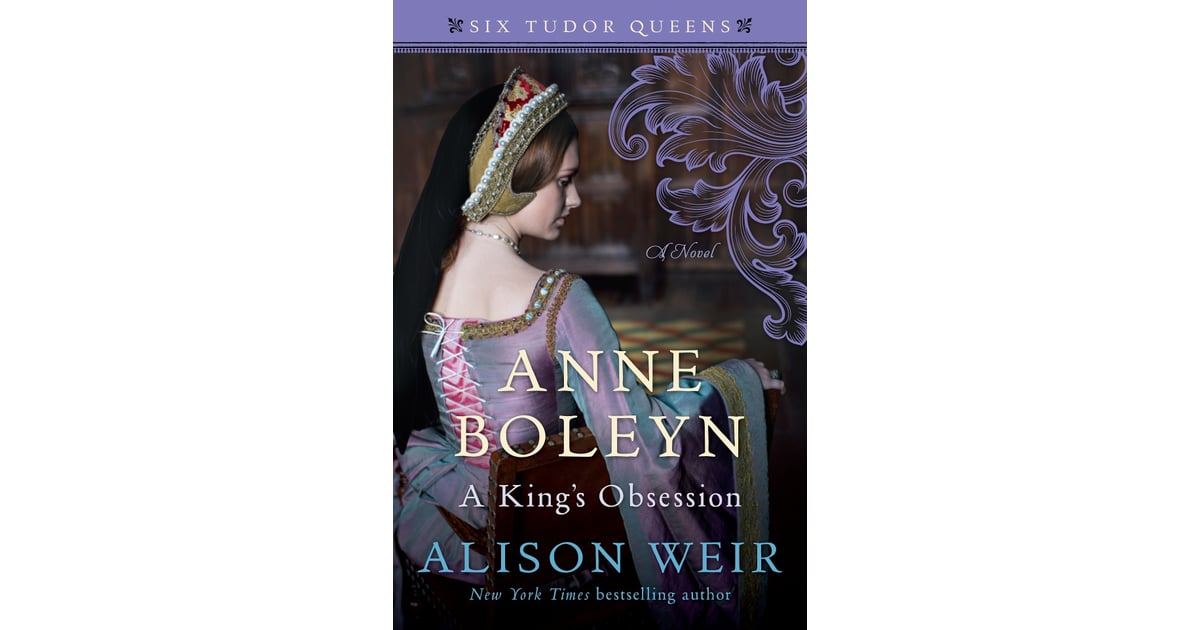
This continues a few years later when Anne is sent to join Mary in service to Queen Claude of France. Intellectual conversations about the role and power of women abound between Margaret, Anne, and the other ladies in waiting. Anne Boleyn was woke before woke was a word (that I hope I'm using correctly).

We also see Thomas Boleyn as a man who cared only for his upward mobility on the court social ladder.Īnne is sent to Margaret of Austria's court in the Netherlands and Ladies, it sounds like medieval heaven for women.

We see her rivalry with older sister Mary and her close bond with younger brother George. The novel begins with 11 year old Anne at Hever Castle, bored and restless. With that said (I am really long winded, wow), let's get to the force of nature that was Anne Boleyn. What I love about Weir's work is that, even though it's fiction, I'm finally seeing a fuller picture of how complicated all of Henry's wives actually were, not to mention the precariousness of their positions. When they get more than a mention, it's usually to insinuate that they were women to be pitied, they were conniving, or they were merely vessels for the heir Henry desperately wanted. Anne Boleyn's story is Tudor prime time and A King's Obsession, the second book in the Six Tudor Queens series, did not disappoint.įor the most part, in every history book I've ever read, Henry's wives are just side-notes of history - a list of names in a paragraph, not actual people. If you missed the first one, check out the review of Katherine of Aragon: The True Queen.

This is the review of the second book in Alison Weir's series, Six Tudor Queens.


 0 kommentar(er)
0 kommentar(er)
